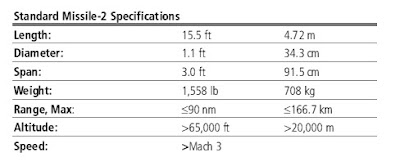 The Malaysian Inshore Patrol Vessels or batch Littoral Combat Ship program
The Malaysian Inshore Patrol Vessels or batch Littoral Combat Ship programKuala Lumpur: Malaysian government announced that it will build the new six coastal patrol boats in the 2011-2015 period.
Malaysian Ministry of Defence in the House of Lords yesterday to answer questions raised by Tunku Abdul Aziz, said that the Ministry has been under the 10th Malaysia Plan to include the first two batches of coastal patrol ship construction program.
"Department of Defense plans to Po, the actual (Boustead) construction of a further six shipyards, the construction period will last until the 11th Malaysia Plan. The new ships will have a three-dimensional combat capability."
Department of Defense announced the consolidation of the Po, the actual shipyards continue to be a coastal patrol vessel contractor status. The first two batches of inshore patrol vessels, or now renamed the construction of Littoral Combat Ship program, Defense Department did not give any explanation, but said the new ship will have 3D capability.
 Germany TKMS Malaysia next generation combat ship design called "MEKO 100 patrol frigate" (photo : KLSReview)
Germany TKMS Malaysia next generation combat ship design called "MEKO 100 patrol frigate" (photo : KLSReview)In addition, Germany and Turkey Shipbuilding in LIMA 2009 to present the Malaysian government during the first two batches of the new inshore patrol vessel program, the Littoral combat ship will use the technology in Germany or Turkey, but also to be explored.
In addition, the Defense Ministry said that according to the Government in 1995 and "cooperation Penang Shipbuilding - Naval Dockyard" (PSC-ND), or now known as Po, the actual Naval Shipyard (BNS), signed the memorandum, the authorities hope that the company commissioned the construction of 27 navy patrol vessels.
"The number 27 is considered the navy to patrol over to the Malaysian maritime enforcement agencies (MMEA) and the upcoming annual session in 2015, age 45 years, the fast attack submarine ship factors."
Ministry of Defence said today, the number 27 is still valid, but ultimately depends on the number of warships in the construction of the Government of Malaysia for each 5-year plan to develop the budget allocation.











.jpg)



